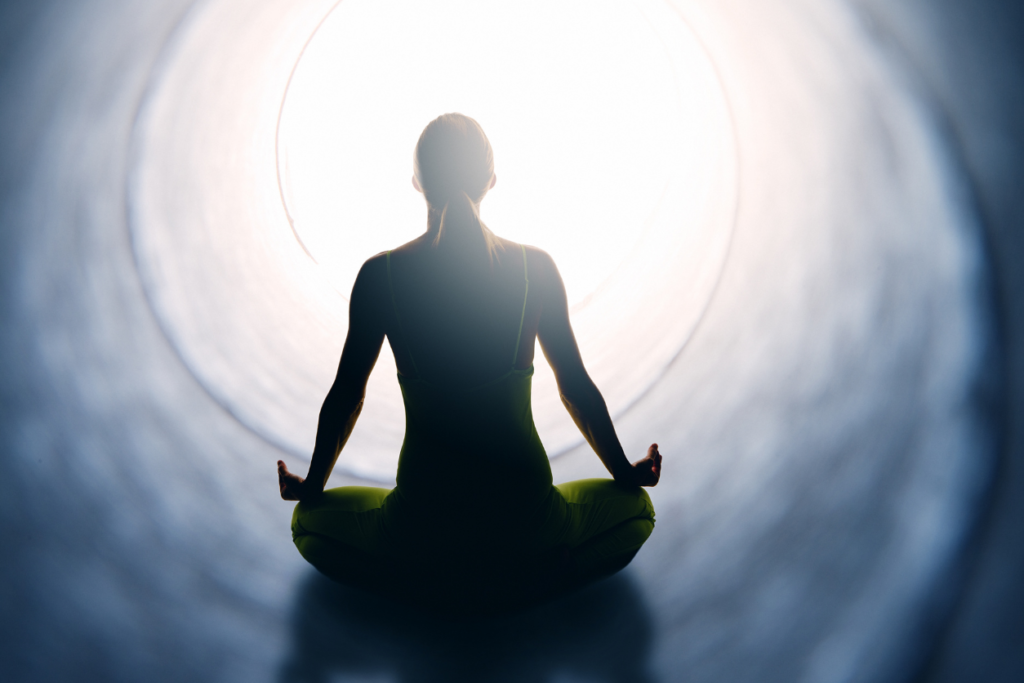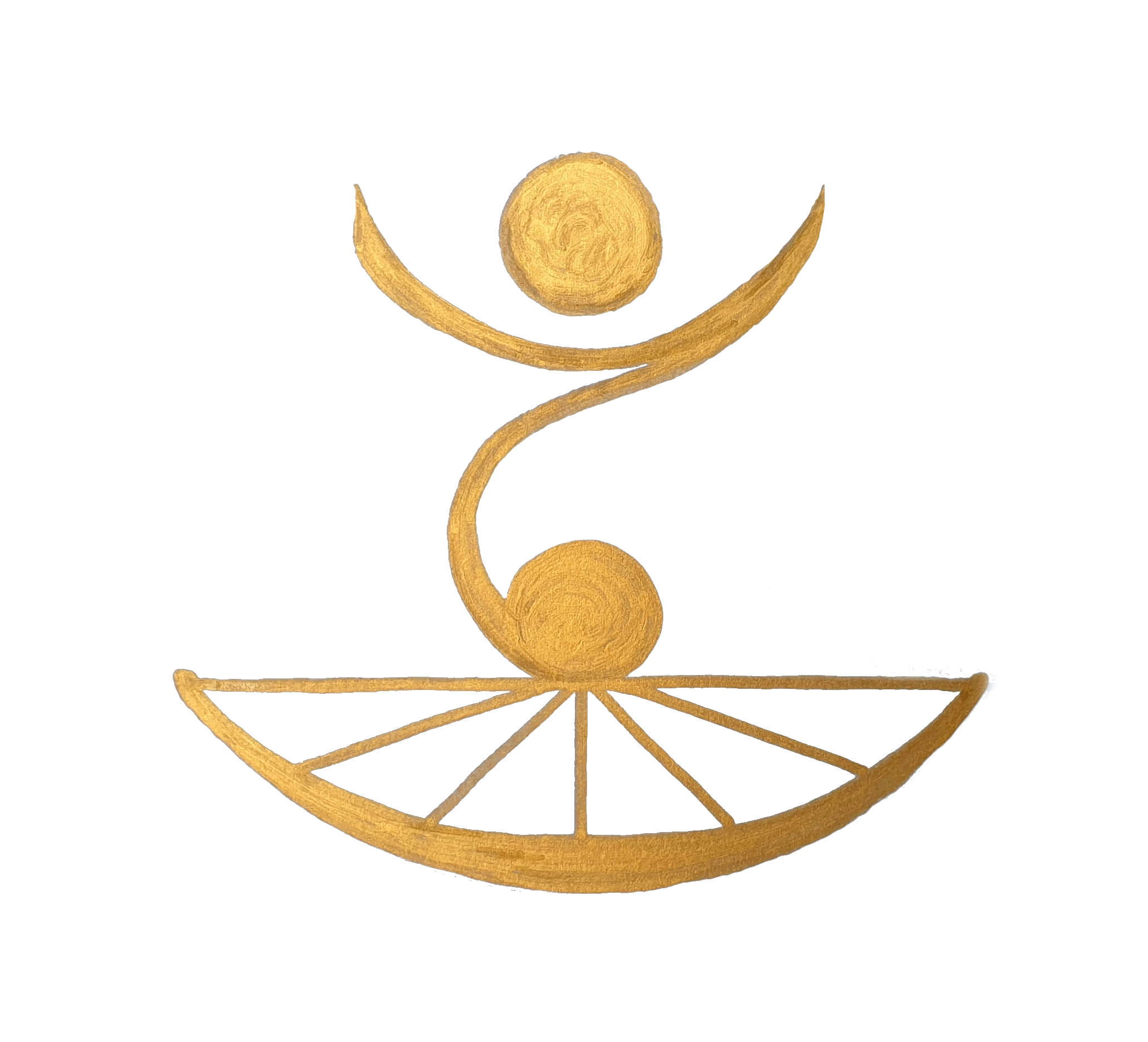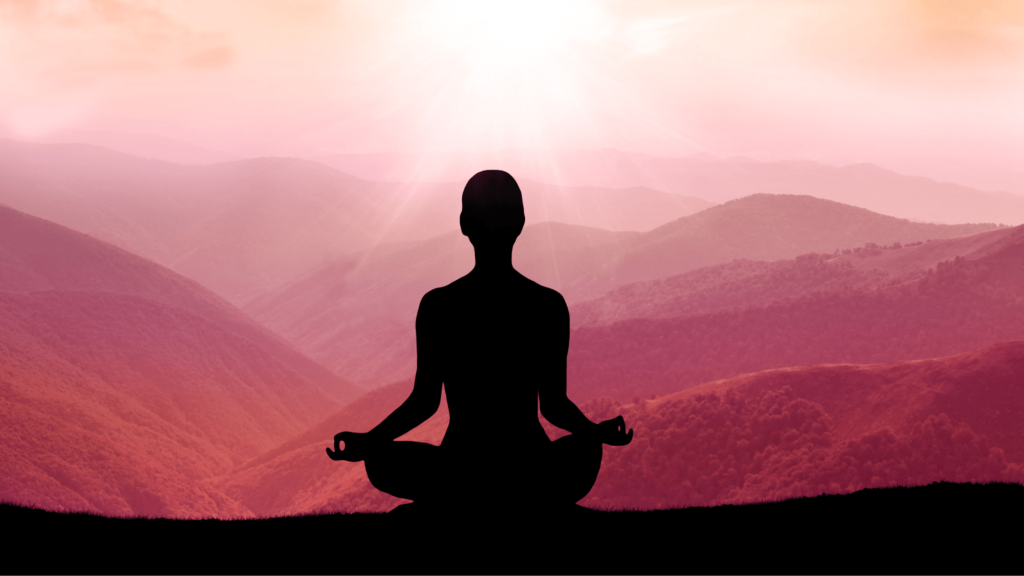Zazen and the Self-Centered Dream
Zen teaches that our ordinary human consciousness is really a form of sleep; this sleep being the creation of our self-centered thoughts. These thoughts, or as we Zen practitioners like to say it is our self-centered dream. This waking dream is what keeps us from seeing reality with clarity. By sitting zazen Zen students like myself are able to set needed time and space aside for creating a simplified space to observe this self-centered dream. Learn more about Energy Healing, Muscle Testing & Mental Clarity.

In this simplified space I am able to observe my own mind without all the distractions of daily life. Because my life like all of us is in constant movement with so many things going on,…events taking place,… the phone ringing,… talking;…being in the middle of all that, it becomes difficult to sense what I am doing or thinking in my life. Sitting zazen simplifies the situation by removing all the externals. With nothing distracting me I get a chance to face myself. Many people think that meditation is about some special state but it is not about special states, it is about the meditator. It is about coming to see and understand oneself rather than fixing or accomplishing something. Without simplifying the situation the likelihood that I can truly examine myself is small indeed. In ordinary life, the focus is not pointed inward toward coming to know the contents of my own mind. Rather it is focused on everything else. I am no different than anyone else, we are all hardwired to look at what is going wrong and at the people we think have made things go wrong. Our vision is pointed outward. When I sit zazen the focus is inward. It asks the question “what is it that is going on within me.”
As practitioners we are also taught do not to analyze, just watch.
Even though sitting meditation is very simple it is very, very demanding. It is in fact the most demanding activity I have ever been engaged in. What makes it so demanding is that it goes against all of the human conditioned responses and hardwiring. What makes it worth all the effort, is the fact that life is so much easier when we practice.
Now, what happens when I just sit there? What starts to go on?
All sorts of things start to happen. An itch starts to bother me on my forehead. Then an itch bothers me on my left thigh. Pretty soon itches are popping up all over, one after another. I might feel pressure on my right side or a tense uncomfortableness in my neck. The teaching is to sit motionlessly, stay focused, and just feel that itch or that pressure or that tension. I continue to sit motionlessly, focused on feeling whatever is there. Often at this point, I may begin to scan the individual parts of my body from the top of my head to the bottom of my feet. I am scanning for that slight tingling which is the simple coursing of energy through my body. There is a range of attention techniques that we experiment with generally looking for that one that enables us to stay most present at the time. This takes a little experimentation to find what works best. One very basic technique is that of focusing on the breath and counting to ten. Keeping the mouth closed on the inhale and open on the exhale, while I count I feel the difference in the cooler temperature of the breath on the inhale and the slightly warmer temperature of the breath on the exhale. If a car drives by while I am counting I just hear that, without thinking car. If there are birds outside, I hear that the same way without thinking birds. Because I find listening one of the best ways to hold my attention, I listen for all of the sounds in my environment. I listen with my whole body simultaneously counting and feeling my breath. This is all there is to zazen, to sitting meditation.
It becomes obvious in a matter of seconds how the thinking mind that constructs the self-centered dream intrudes and how difficult it is to stop this self-centered dream for even for these few seconds. Never underestimate the pull of the thinking mind.
This is what it is to sit zazen, to just be with reality, with nothing added. The ordinary mind has a tolerance for reality that is terribly low and like everyone, I would rather think. I would rather plan. I would rather fantasize. I would rather worry. I would rather do anything, other than just be with life as it is right now without the diversion of my thinking mind.
As human beings, this is just what we do and the problem is we don’t just do it some of the time we do it almost all the time. We do it because we are trying to protect ourselves, to understand, and to get rid of the current difficulty. And there is always some difficulty. The truth is we have become addicted to thinking. It takes practice to overcome the self-centered dream.
The primary problem with these self-centered thoughts is that we believe them. We are identified with them. We confuse them with being who we are, thereby blocking our view of what reality truly is. These self-centered thoughts become the filter we see reality through. We mistake our thoughts for reality itself.
So what do I do when I catch myself spinning in my own thoughts? First I recognize I have just had a thought for example “He is so demanding.” I then label that thought by saying back to myself “having a believed thought he is so demanding. “ There is a world of difference between thinking he is so demanding and labeling that thought, saying back to myself “having a believed thought that he is so demanding.” This allows me to take a step back whereby something miraculous begins to happen. That thought has now become more permeable, less solid. With thought labeling I don’t believe my thoughts in the same way; meaning I have created one step of separation between me and the thought. I become less attached to the thought allowing me to drop the emotional overlay. I can thus recognize the emotion driving this thought as just energy coursing through my conditioned body. Without this step, I might act on a believed thought that has no reality. This is how our self-centered dream contributes greatly to making our lives chaotic. It usually takes about 5 years of doing this before we truly come to know ourselves which is why we often refer to zazen as practice and we get good at what we practice. With time we will find that the mind will start to calm down and this is when our lives truly begin to transform.
Now as life continues to transform, when an old fear raises its head, again, its voice is that of a yappy Chihuahua rather than that of a 500 lb. tiger about to pounce. This enables me to now greet this fear with “oh you again?” I am just not thrown off-center in the same old way.
Practice is not about achieving a realization in our heads. It is about the flesh and bones reality of our day in, day out lives, right now, this very moment. Zen is about our involvement in life from the standpoint of knowing our minds well and the emotions the thinking mind creates. We can finally see what it really is that our lives are about and what needs to be done. Usually, this will be what is right now under our nose right now. Thus our lives become more about actions based on reality. When our actions are based on false thinking which comes from our conditioning they will inevitably be poorly based. Only after we have seen through these thought systems can we clearly see what it is that needs to be done, making our lives at the same timeless passive.
Ordinary psychology has the ability to show us what it is that makes us tick. Zen psychology has the ability to show us that what makes us tick is not real. Learn more about Energy Healing, Muscle Testing & Mental Clarity.
Obviously, with all of the challenges, we have to face in daily life Zen practice is much, much easier to talk about than it is to put into practice. Keeping this in mind if you are new to zazen sitting practice be kind to yourself in your efforts. Even long-time students tend to desert basic practice from time to time under pressure. Still, when we sit well, regardless of how long we have been sitting, we will find that things have a way of taking care of themselves. So sit. Sit well and sit with meticulous care.



